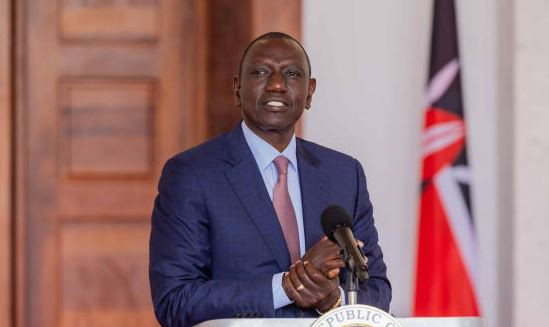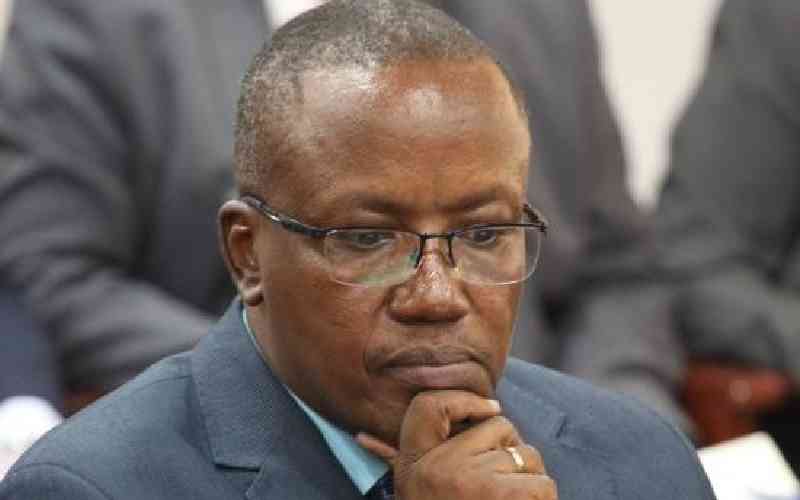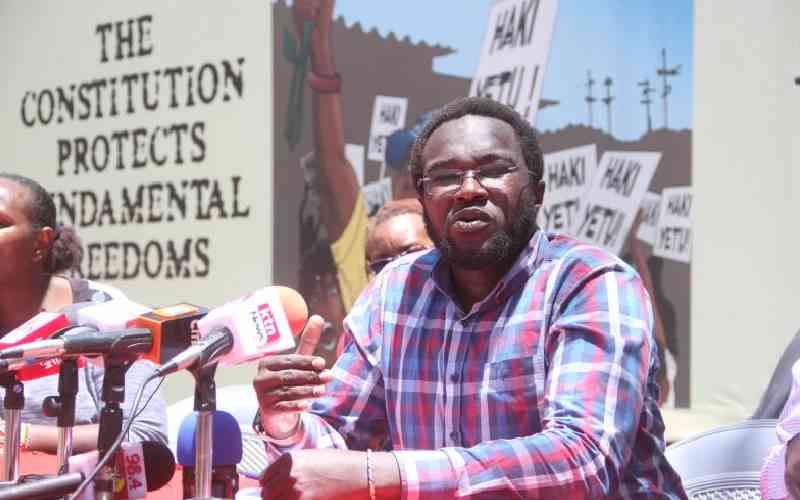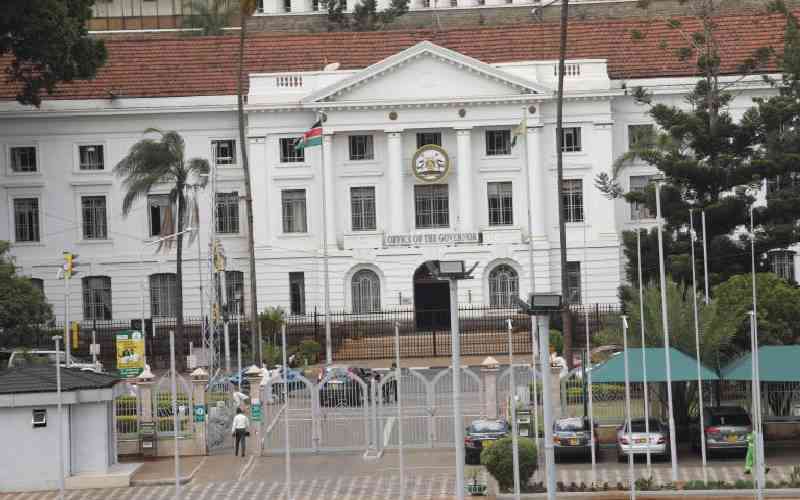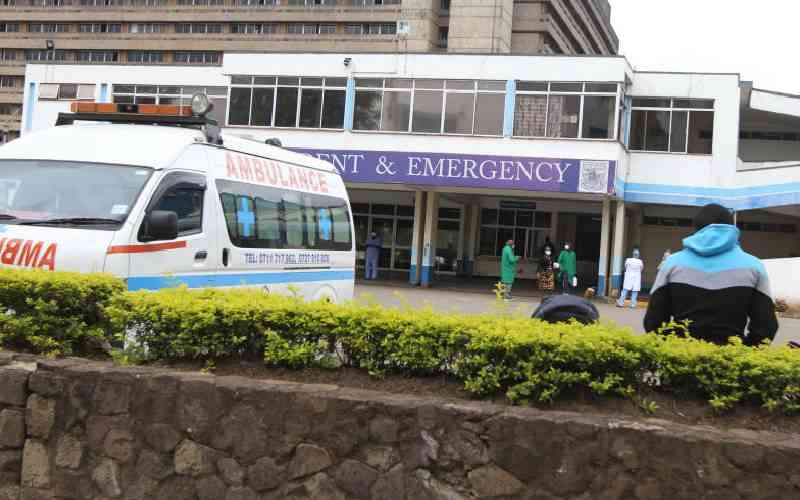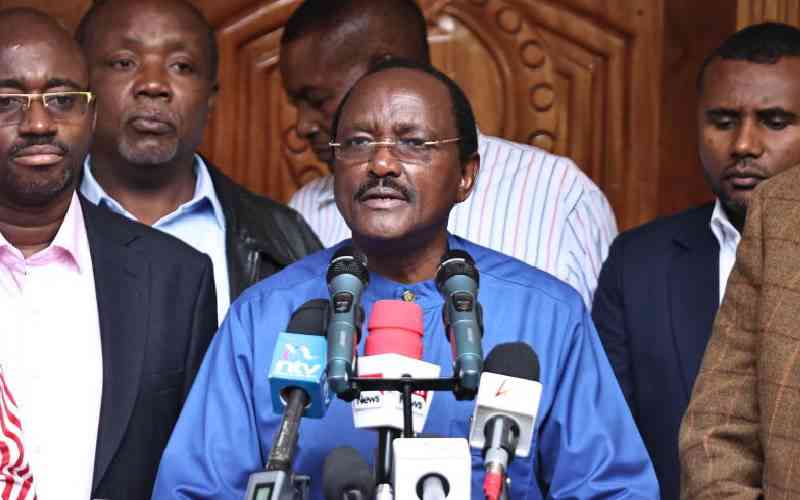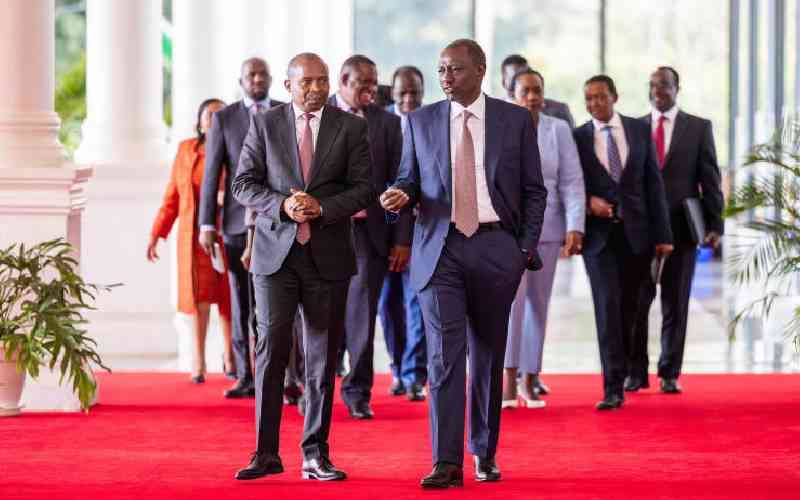The world is abuzz in recent days with hope and determination following the gathering of leaders in New York at the UN General Assembly. Many dire topics were on the agenda: climate change, poverty and income inequality, as well as war and the status of refugees.
At times like these, it is easy to throw up one’s hands in despair and cast the idea of improving the world aside as a lost cause. Is there a possibility of future generations experiencing lives free of poverty, where great healthcare is the norm and we are on track to preserving the environment?
It is hard to imagine, but possible. Global warming disproportionately affects poor, non-industrialised nations, such as in sub-Saharan Africa and South Asia. These same nations contribute significantly less to climate change than wealthier nations where consumerism, frequent flying and over consumption are the norm. It is simply the status quo these days.
But those are mostly habits of Europe and North America. And the golden era of those continents has come to a close. Africa and Asia are on the rise, both in terms of population and economy. As of 2017, the world population stood at 7.5 billion humans. That of sub-Saharan Africa exceeded one billion, and it continues to grow at a pace faster than any other region.
Economically speaking, it is actually a good time to be a citizen of a developing country. An idea economists term the “catch-up effect” speculates that poorer economies grow at a much faster pace than already wealthy economies. The wealthier economies have spent centuries developing technologies that improve infrastructure, communications and transportation. Now countries with smaller economies are able to access and implement those technologies with great rapidity and efficiency.
But catching up does not happen overnight, nor does it occur automatically. It takes a combination of strong leadership and willing civilian participation to industrialise. The Vision 2030 plan, which is laid out with the goal of reaching middle income status by 2030, serves as a roadmap for our getting there.
One of the main characteristics of a developed economy is eradication of poverty. In 2016, just under 15 million Kenyans lived beneath the poverty line, with that number declining steadily. A central cause of poverty is poor health, while it often leads to more sickness. It is a vicious cycle.
But in Kenya, it is being broken largely through President Uhuru Kenyatta’s Universal Health Care (UHC) programme, which was rolled out in four pilot counties last December. Speaking at the UN General Assembly, the President discussed how the UHC is still a work in progress but is identifying best practices, lessons and shortcomings.
A recent survey showed that only 31 per cent of Kenyans are aware of UHC. Forty-two per cent of residents in the four targeted counties - Kisumu, Isiolo, Nyeri and Makueni - know about the programme. Increasing awareness there is key to its success.
Since healthcare is a devolved function, it is the responsibility of each county government to pay and deliver it. But as Uhuru noted in his UNGA speech in New York, a commitment to UHC “must embody a shared vision of all political leaders and actors, especially in countries with more than one level of government like Kenya”.
Political commitment and impact stems from a “shared vision to collaborative action”. Community mobilisation is possible through this commitment by politicians, and will result in greater citizen ownership of public health care programmes.
- The writer is a former MP for Thika Town.
 The Standard Group Plc is a
multi-media organization with investments in media platforms spanning newspaper
print operations, television, radio broadcasting, digital and online services. The
Standard Group is recognized as a leading multi-media house in Kenya with a key
influence in matters of national and international interest.
The Standard Group Plc is a
multi-media organization with investments in media platforms spanning newspaper
print operations, television, radio broadcasting, digital and online services. The
Standard Group is recognized as a leading multi-media house in Kenya with a key
influence in matters of national and international interest.
 The Standard Group Plc is a
multi-media organization with investments in media platforms spanning newspaper
print operations, television, radio broadcasting, digital and online services. The
Standard Group is recognized as a leading multi-media house in Kenya with a key
influence in matters of national and international interest.
The Standard Group Plc is a
multi-media organization with investments in media platforms spanning newspaper
print operations, television, radio broadcasting, digital and online services. The
Standard Group is recognized as a leading multi-media house in Kenya with a key
influence in matters of national and international interest.


